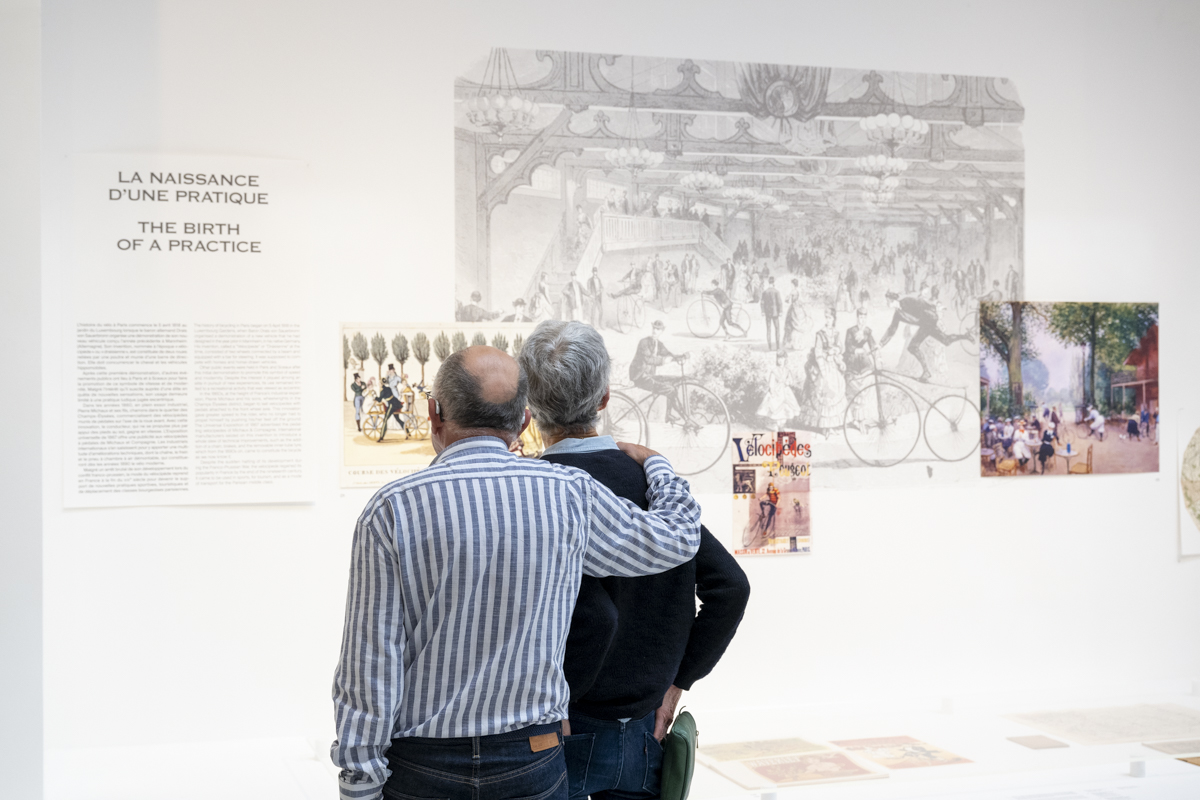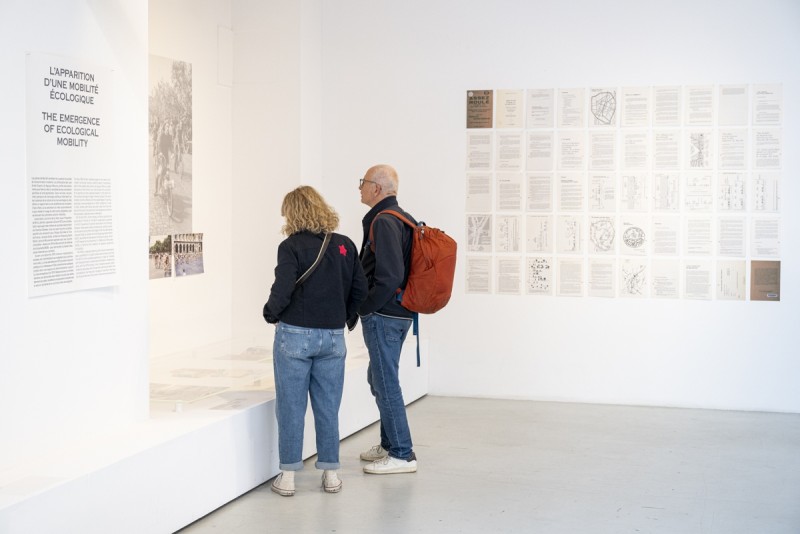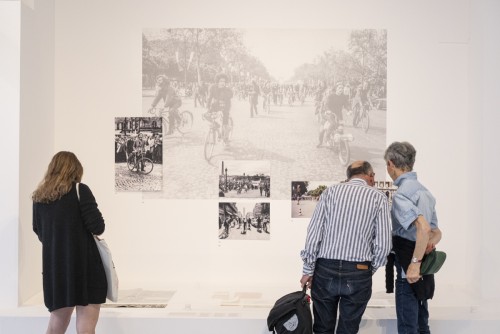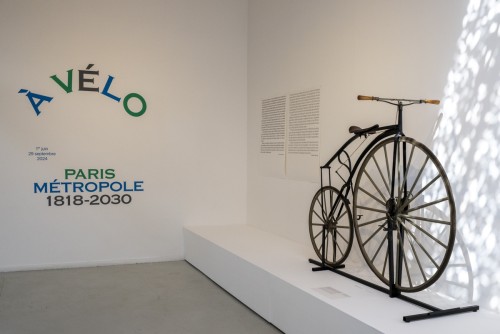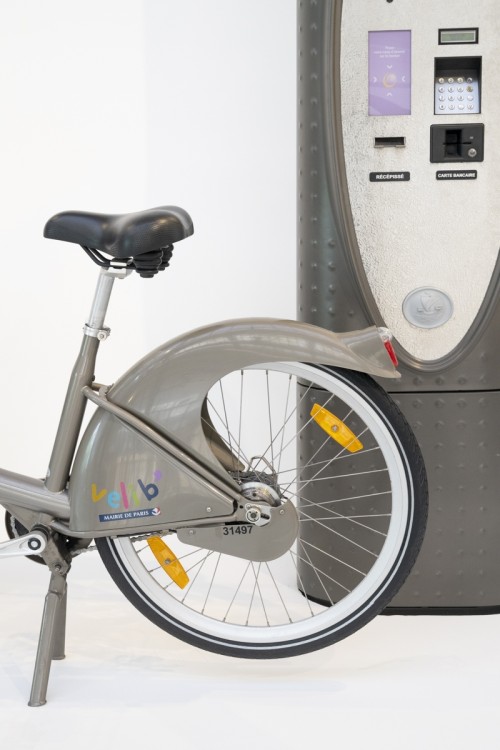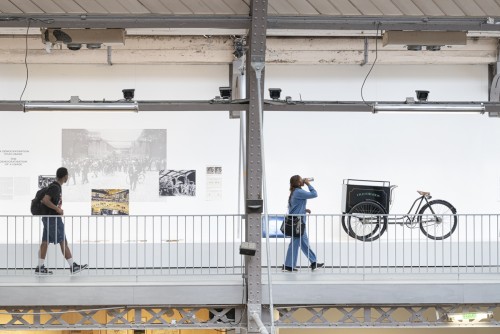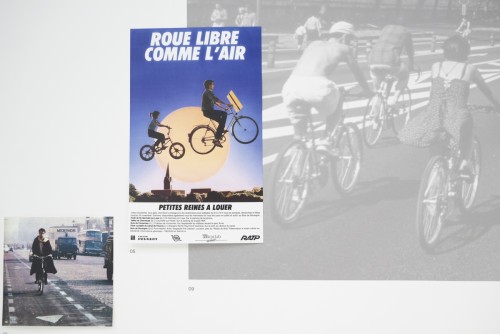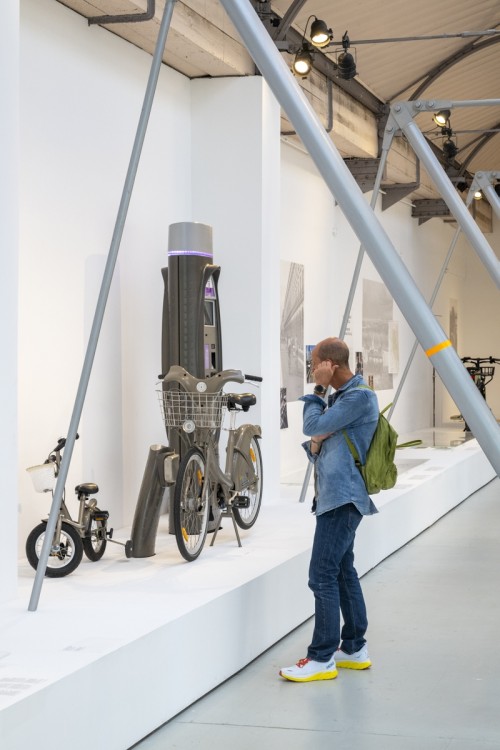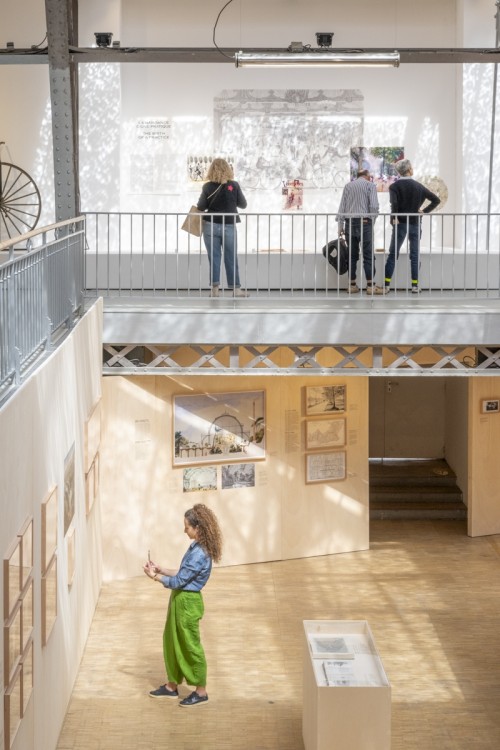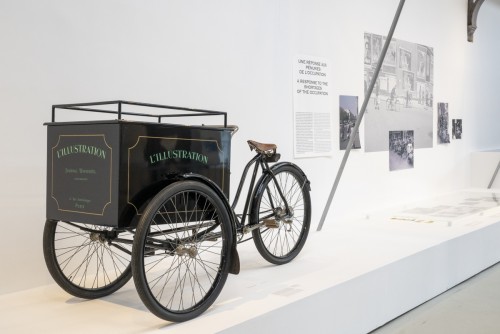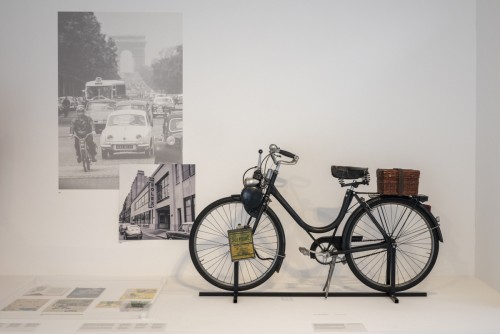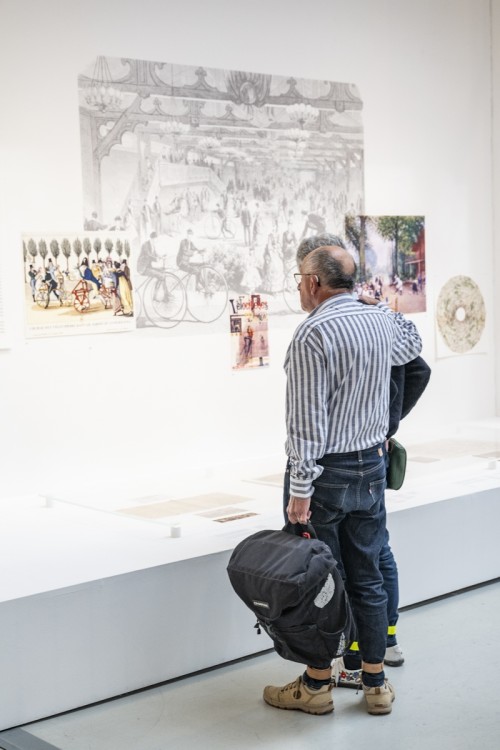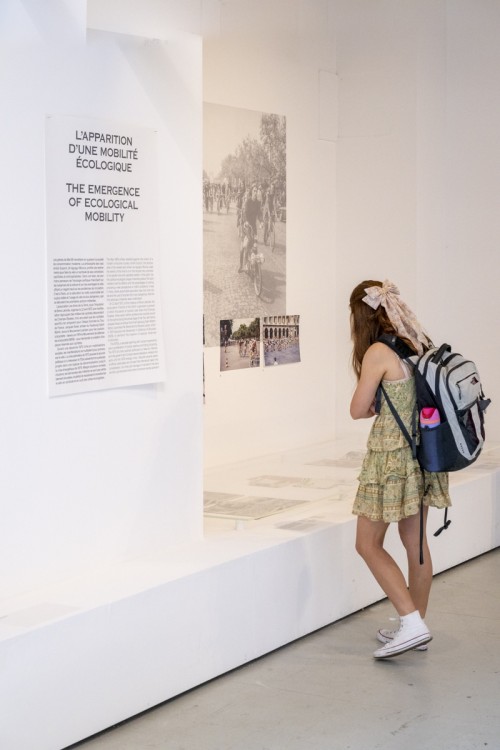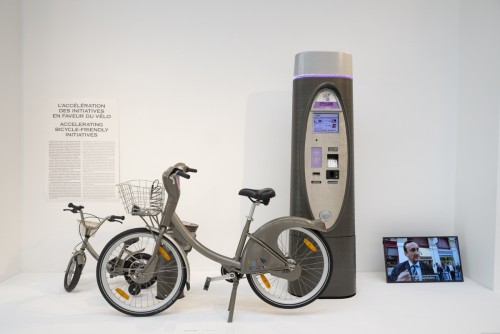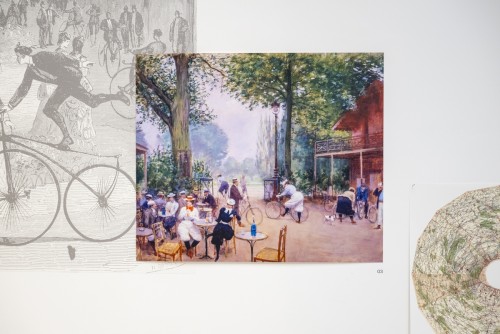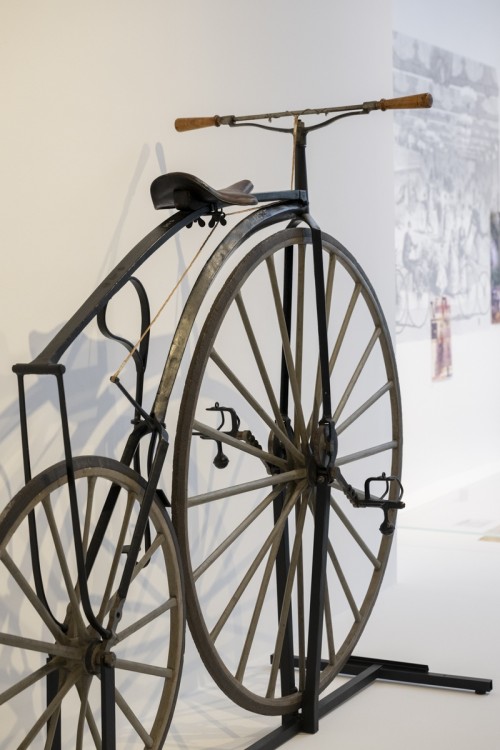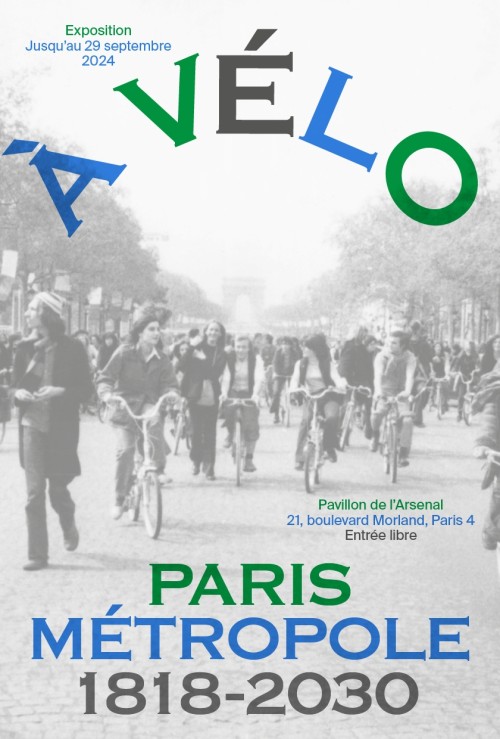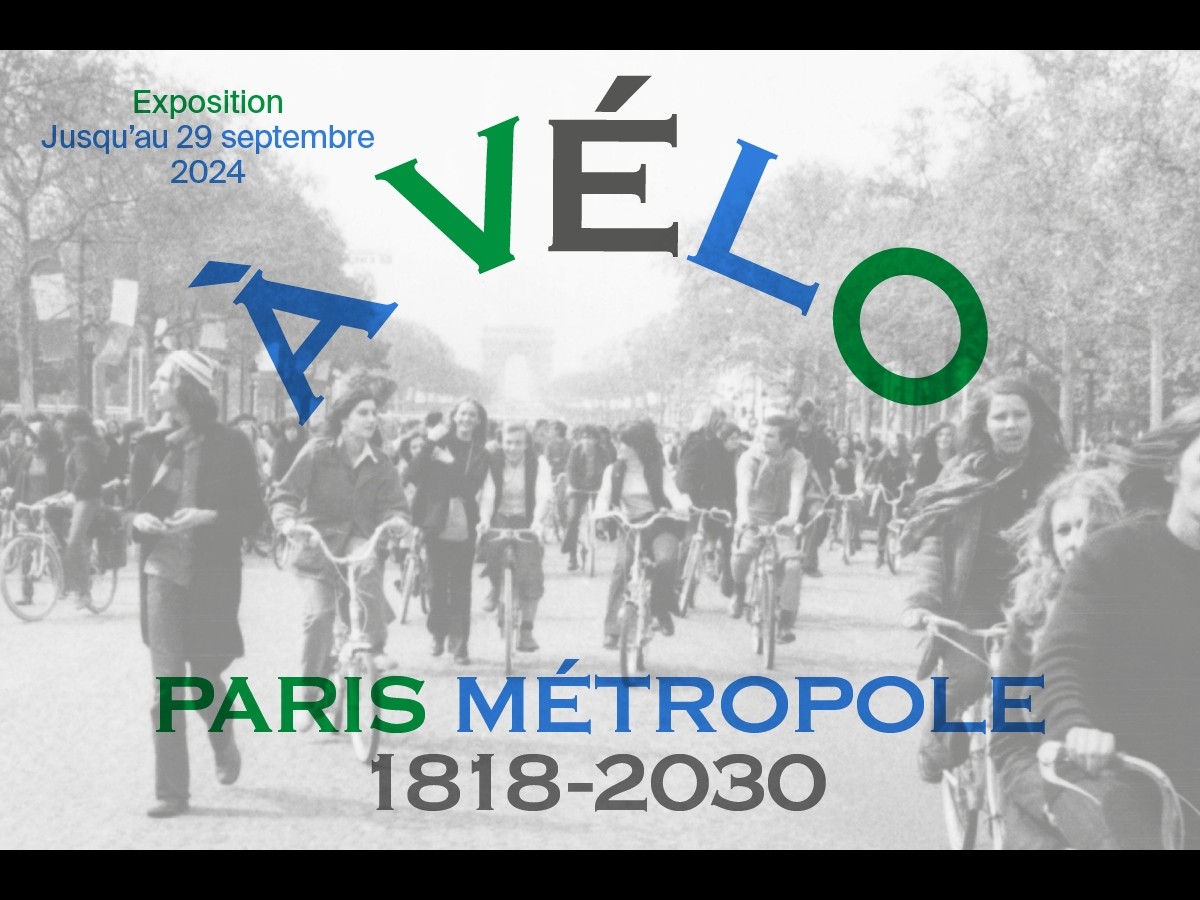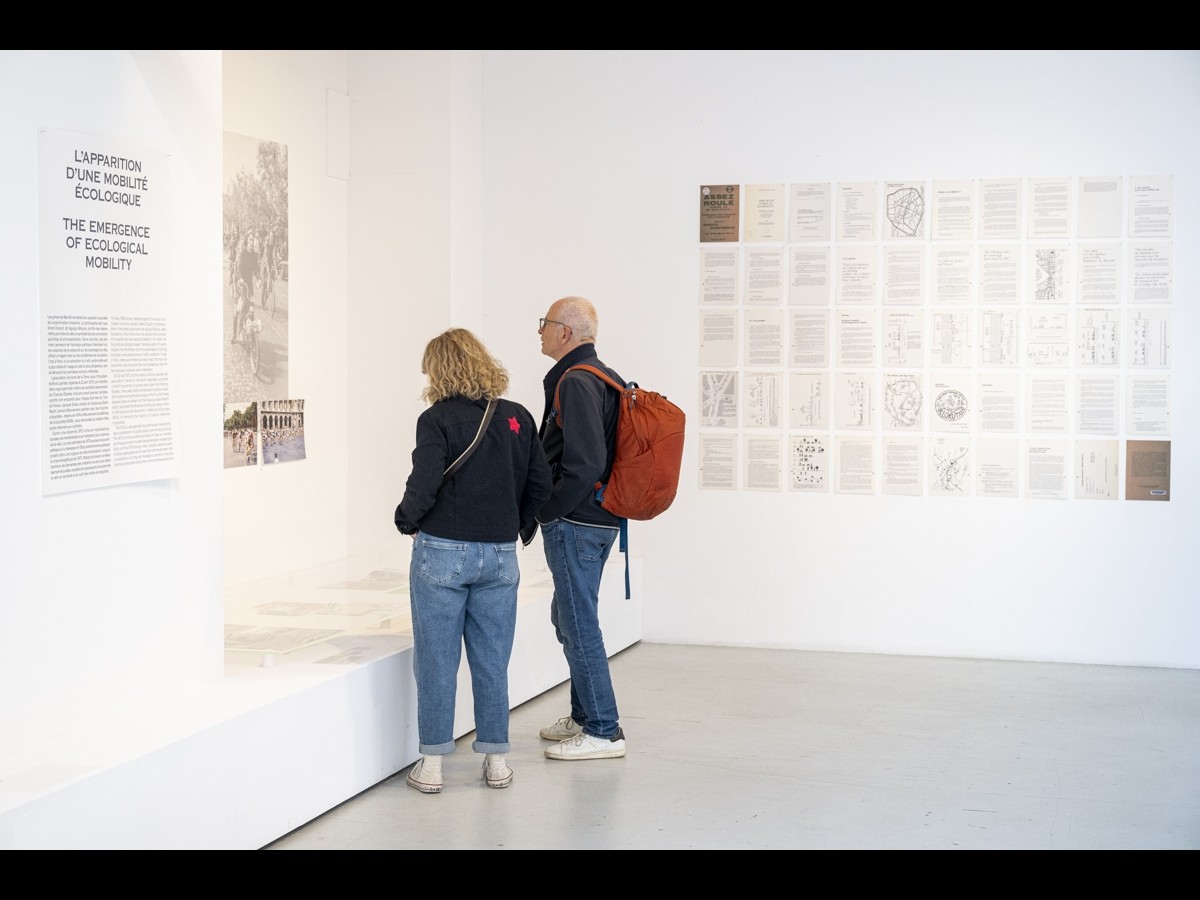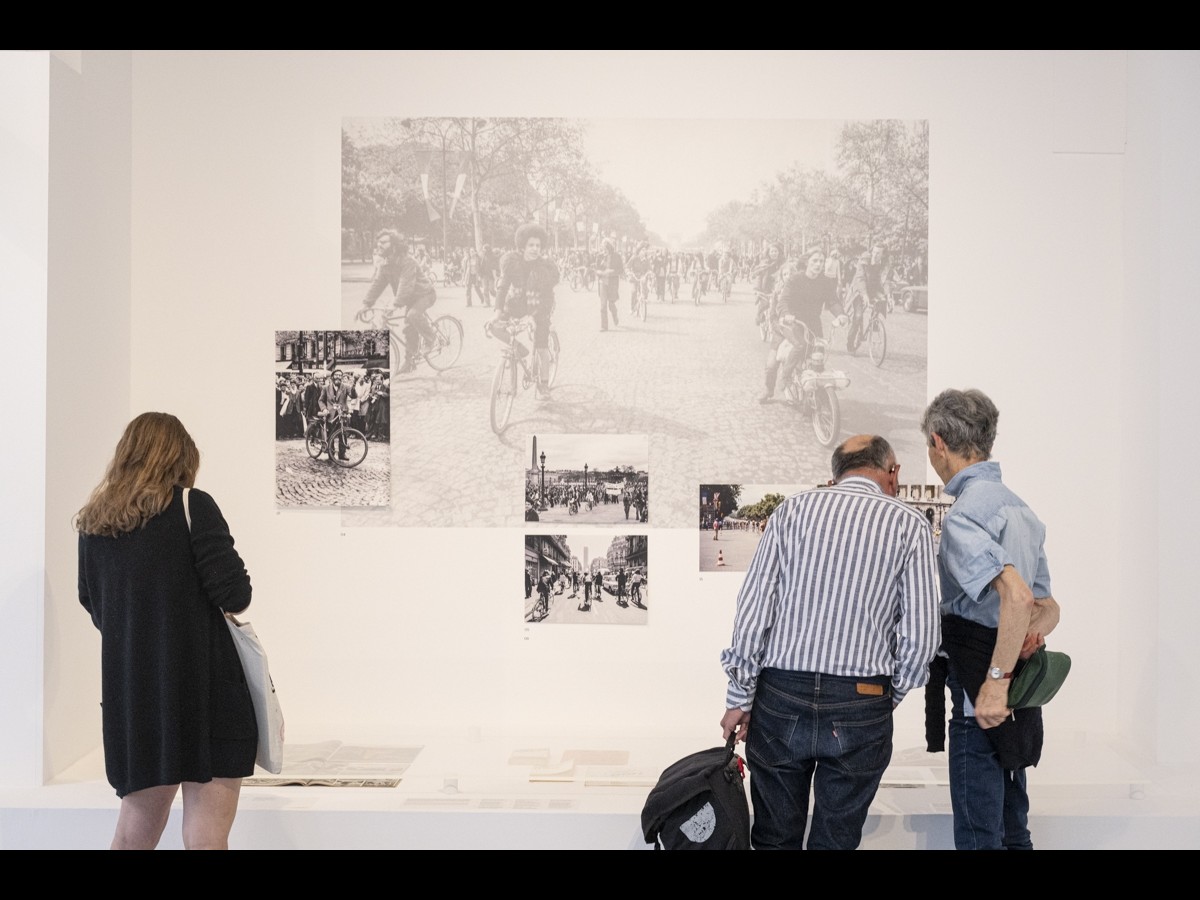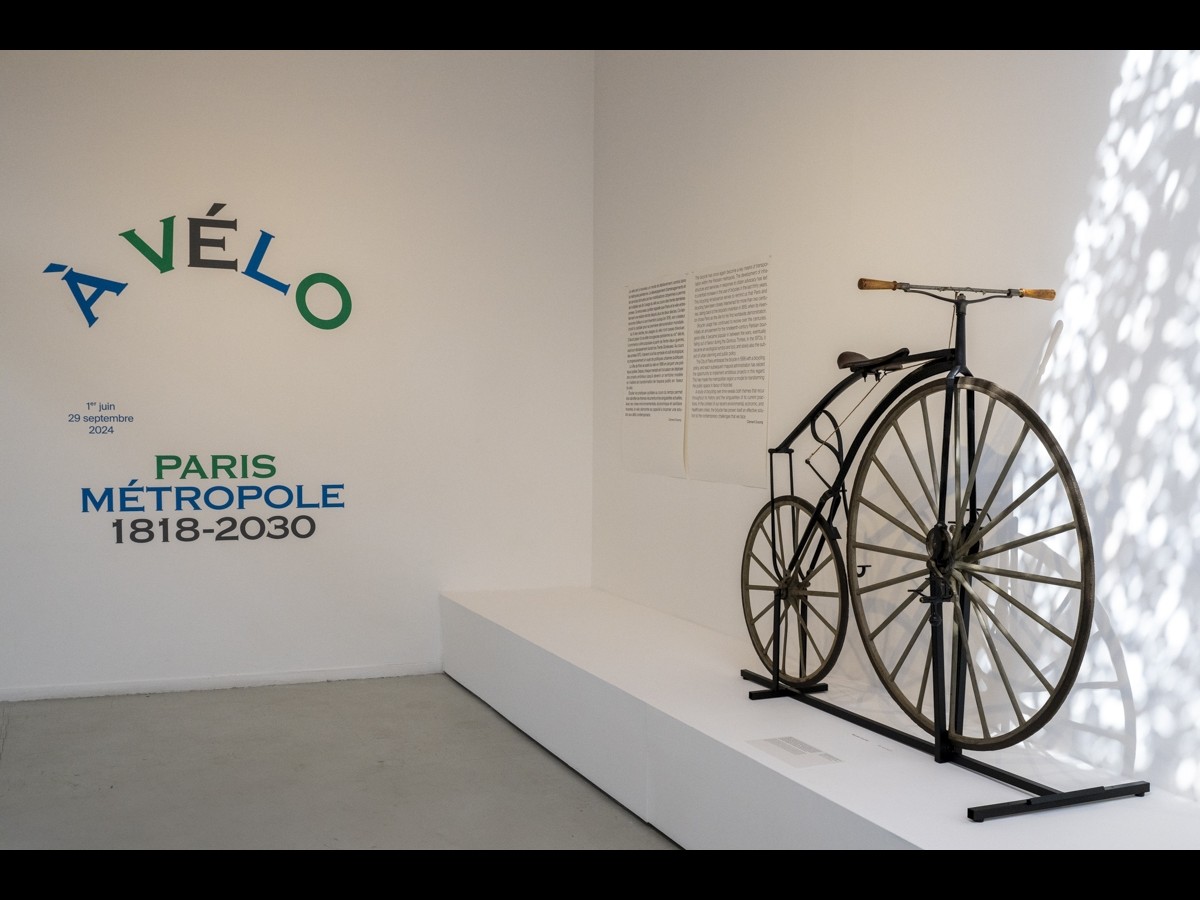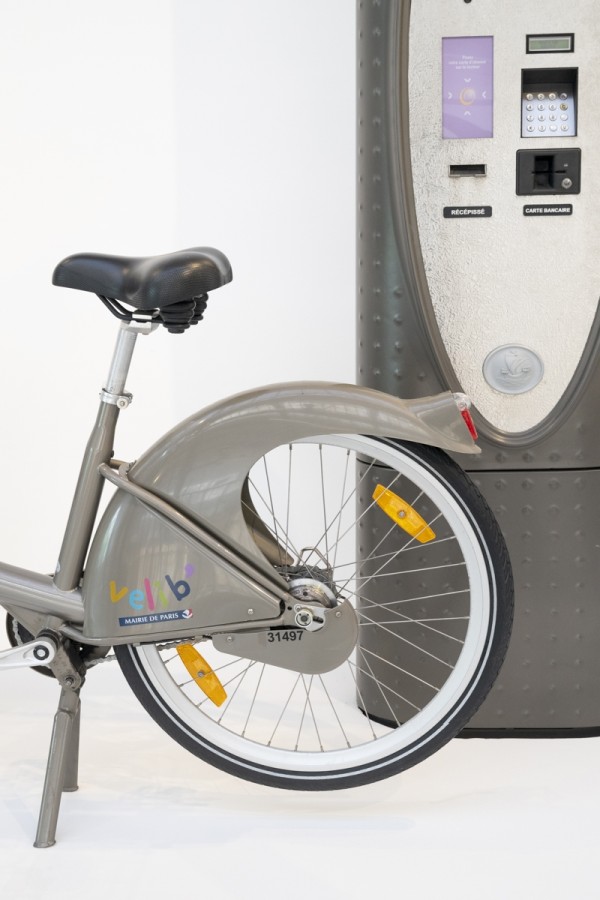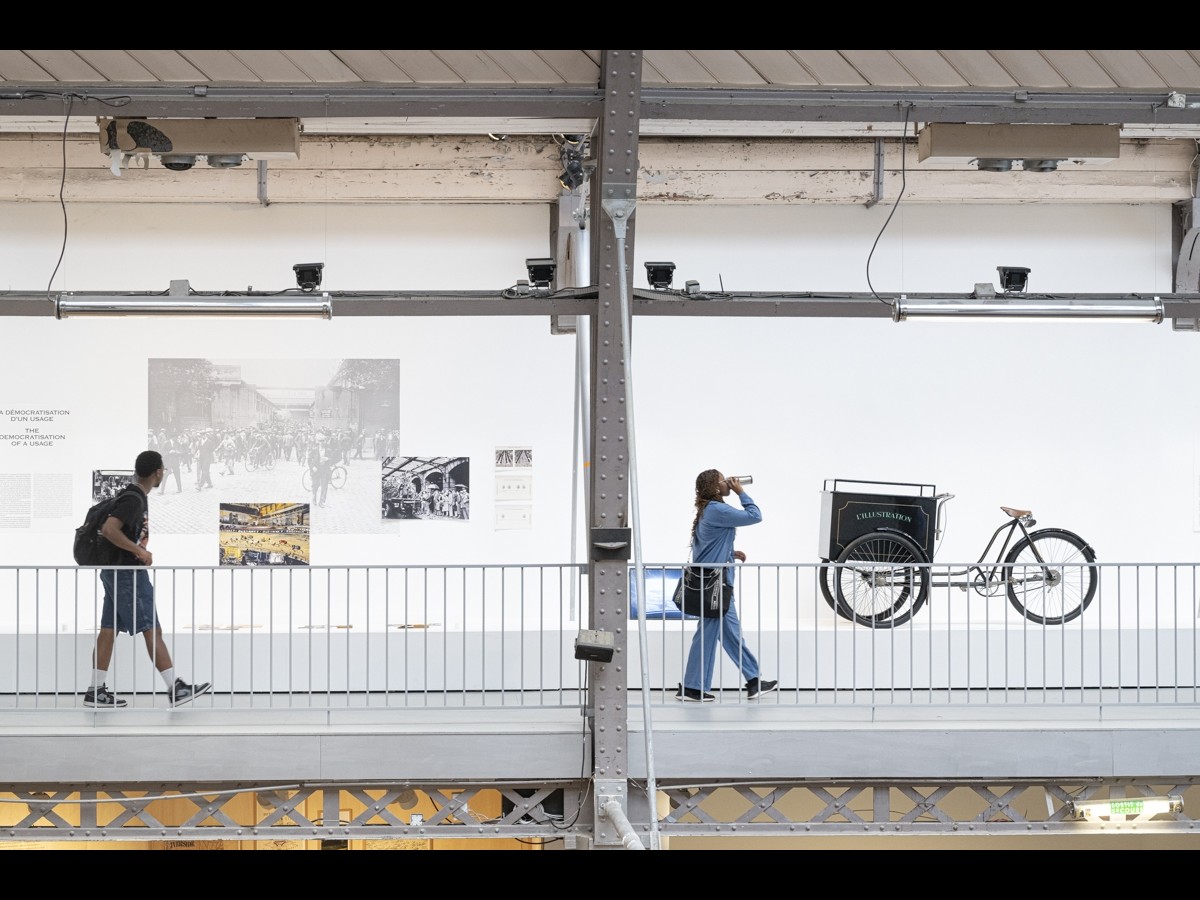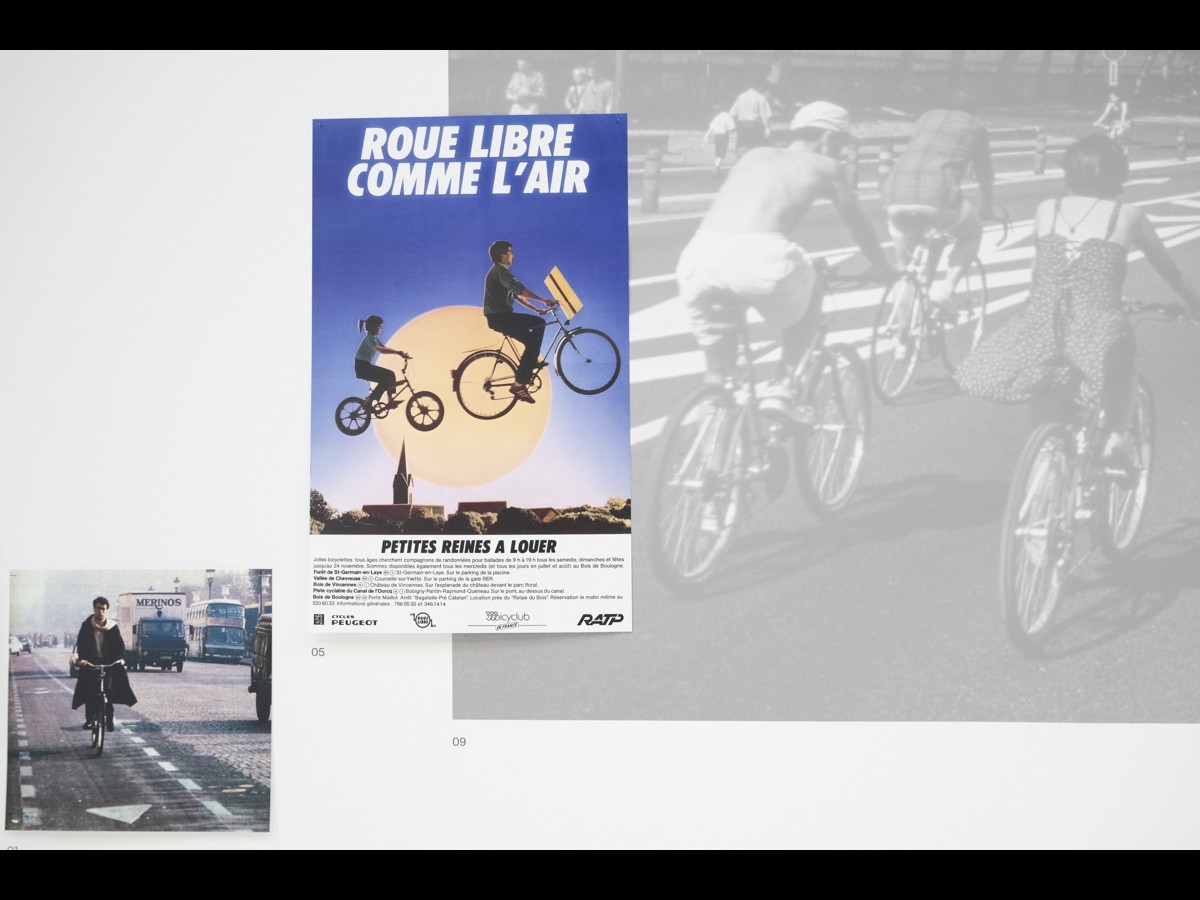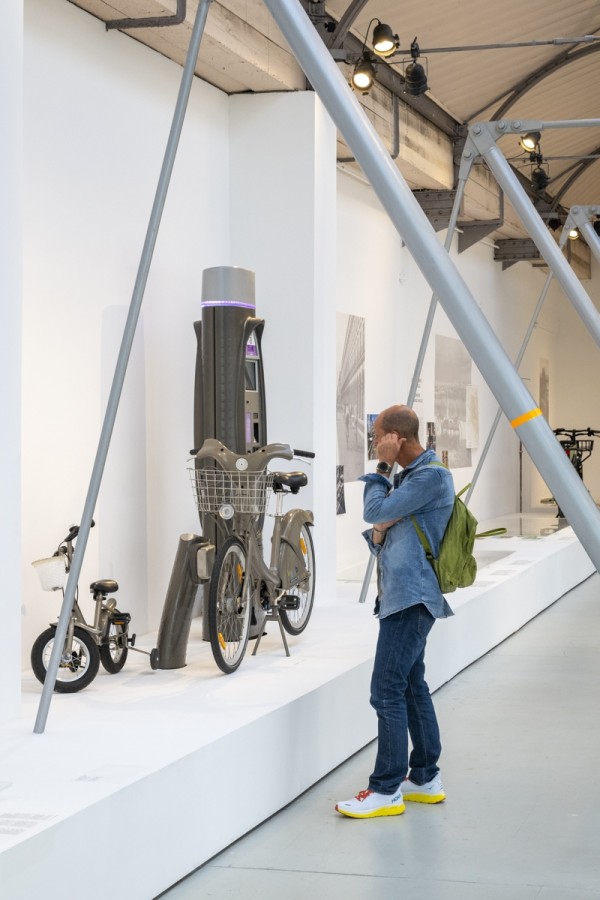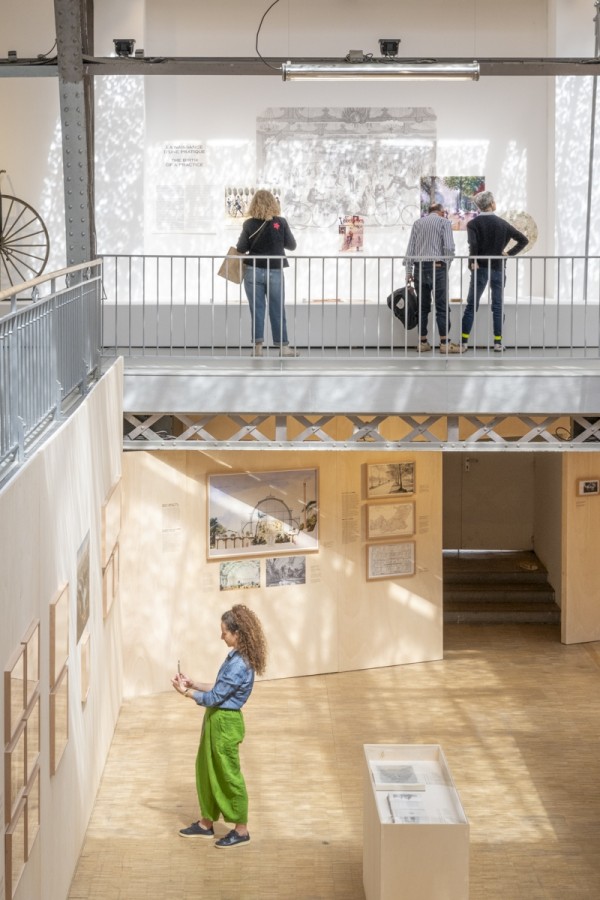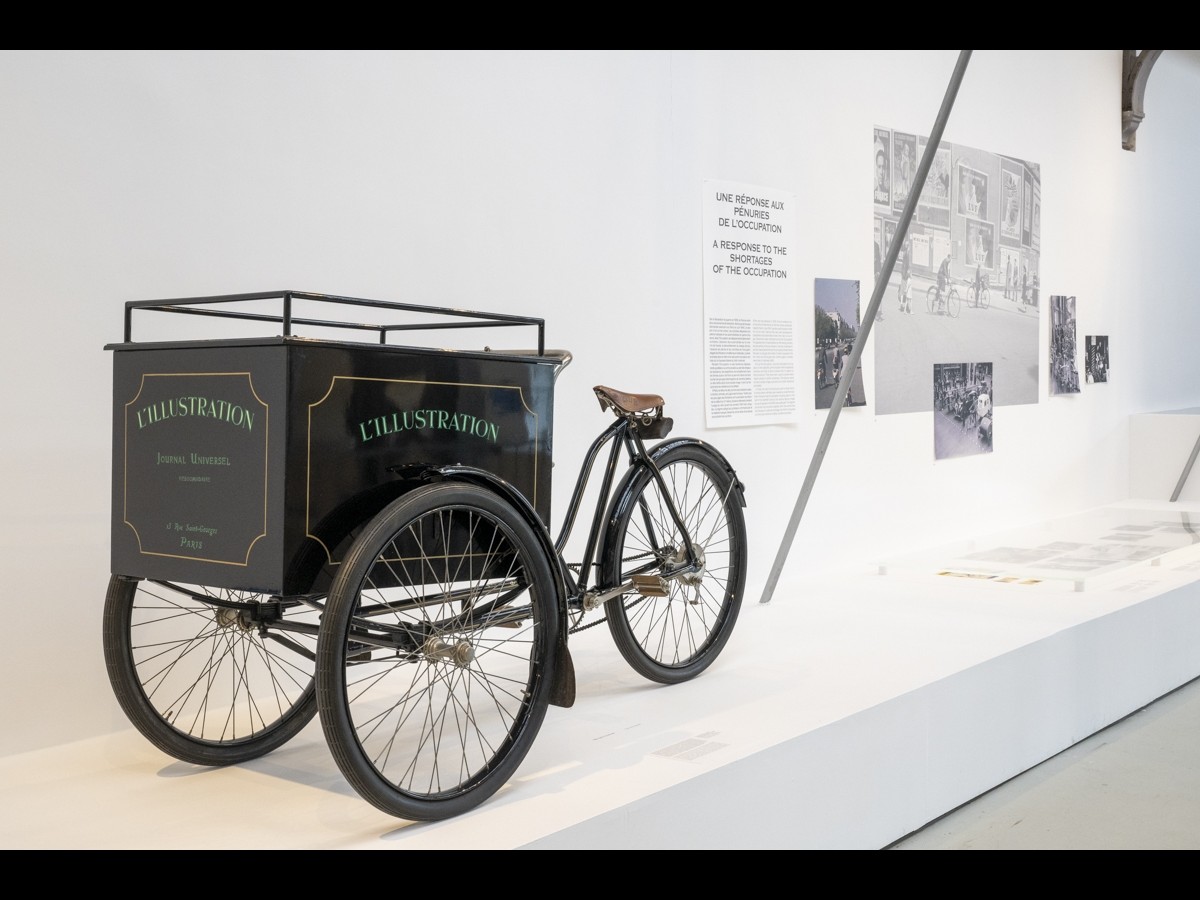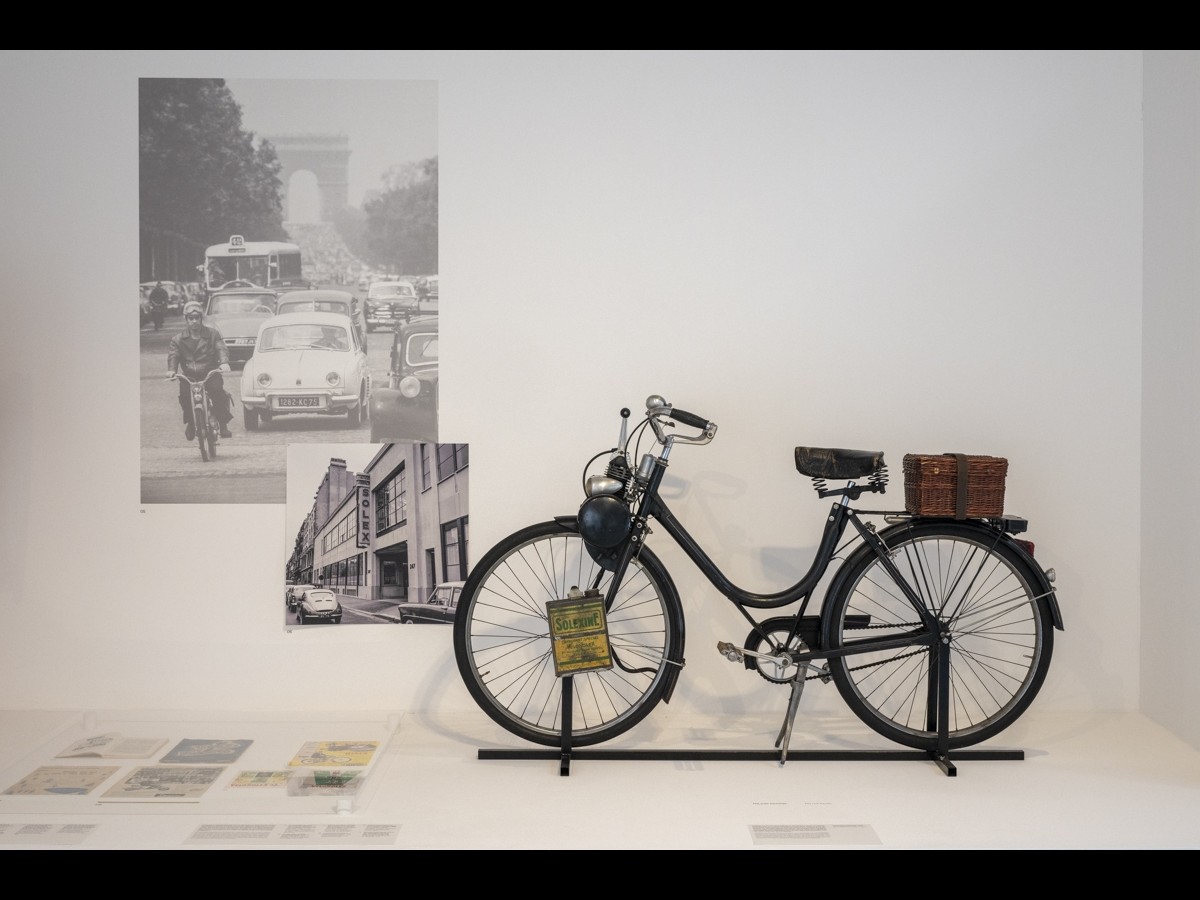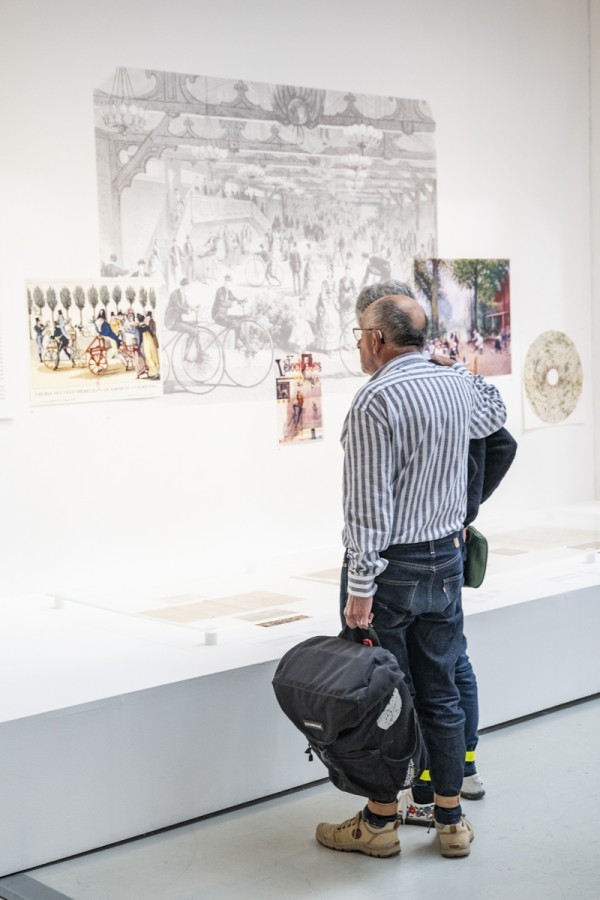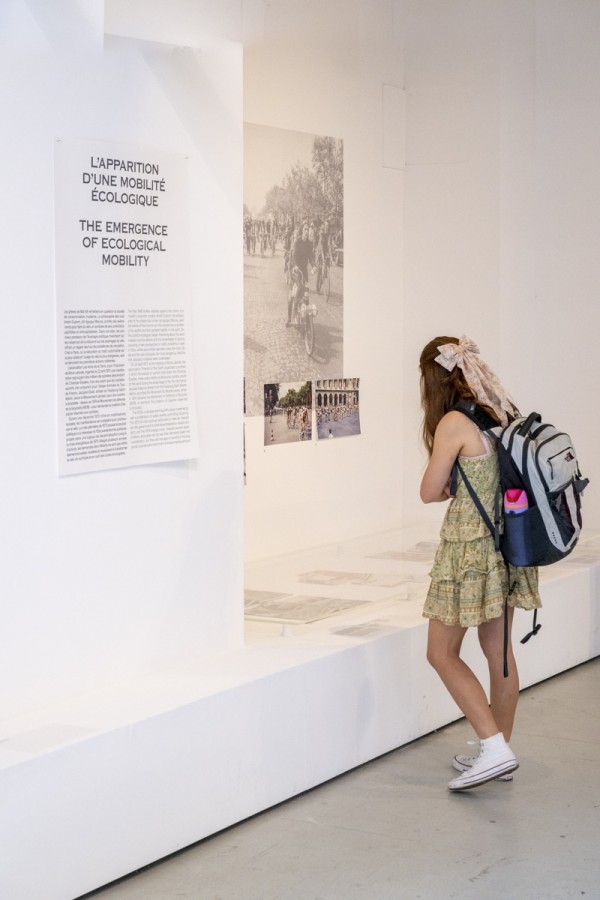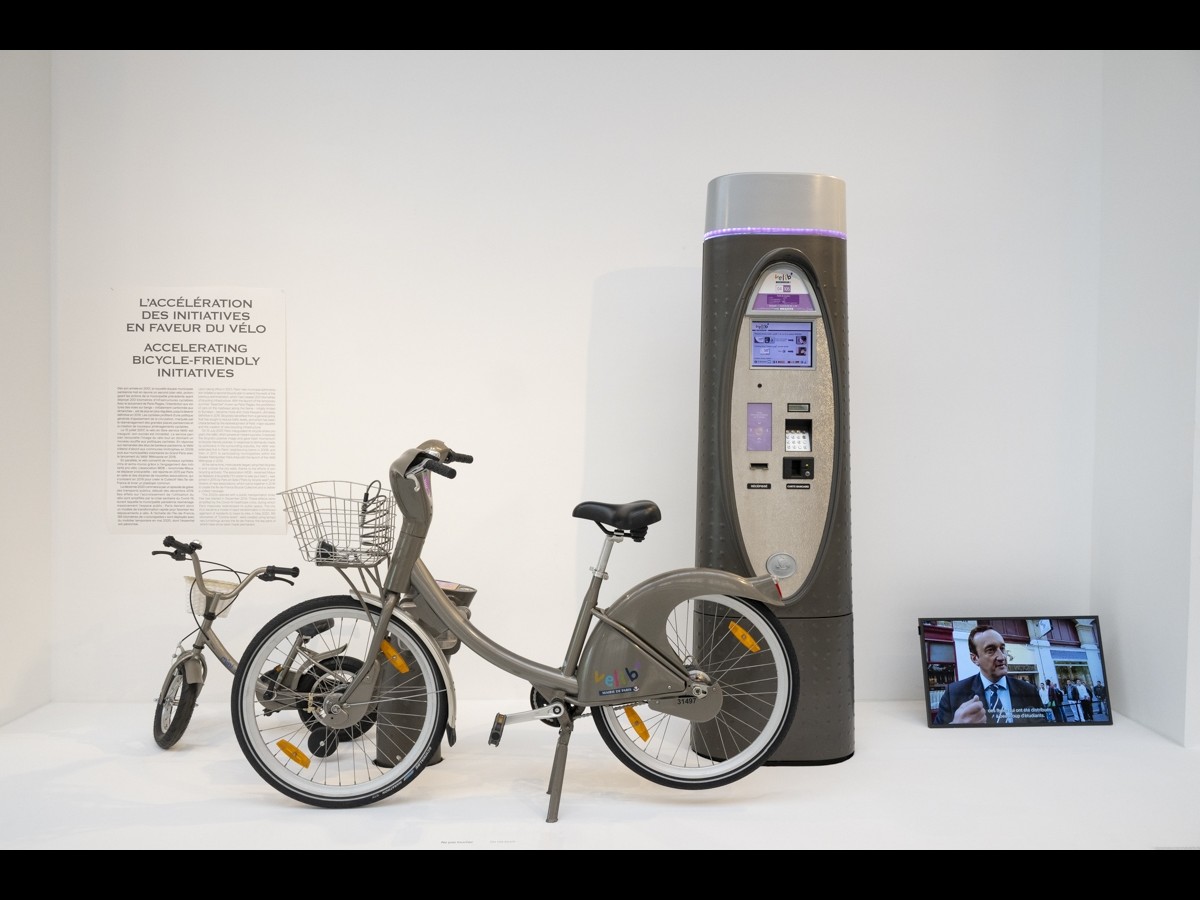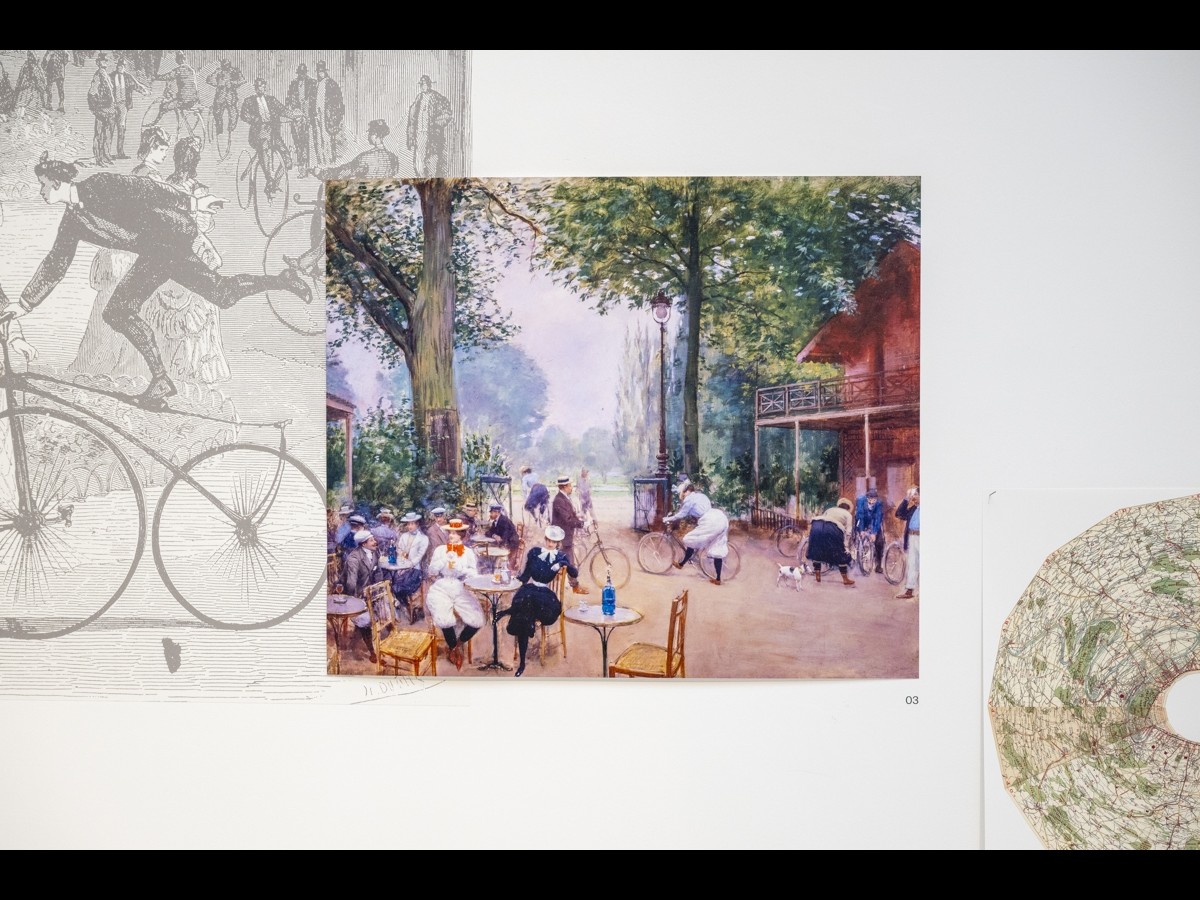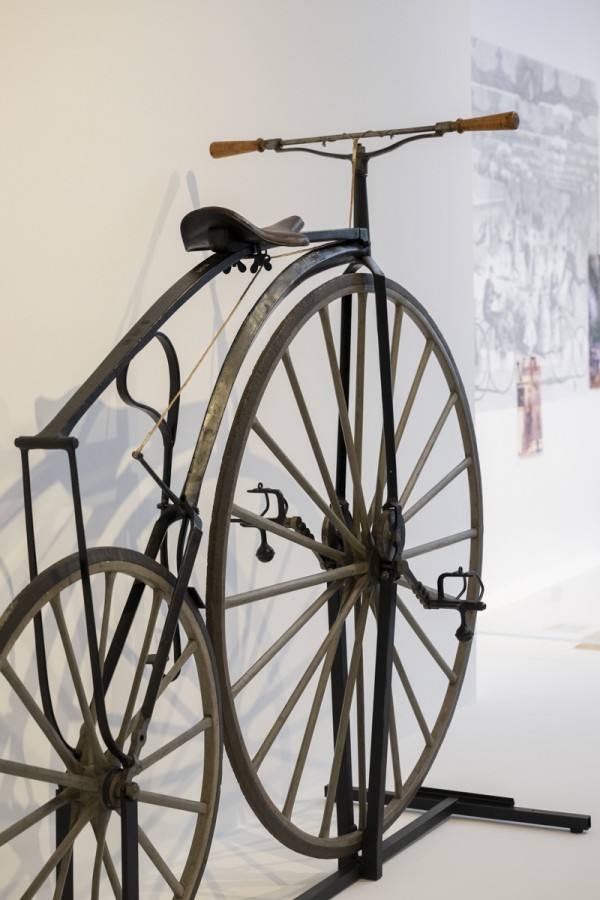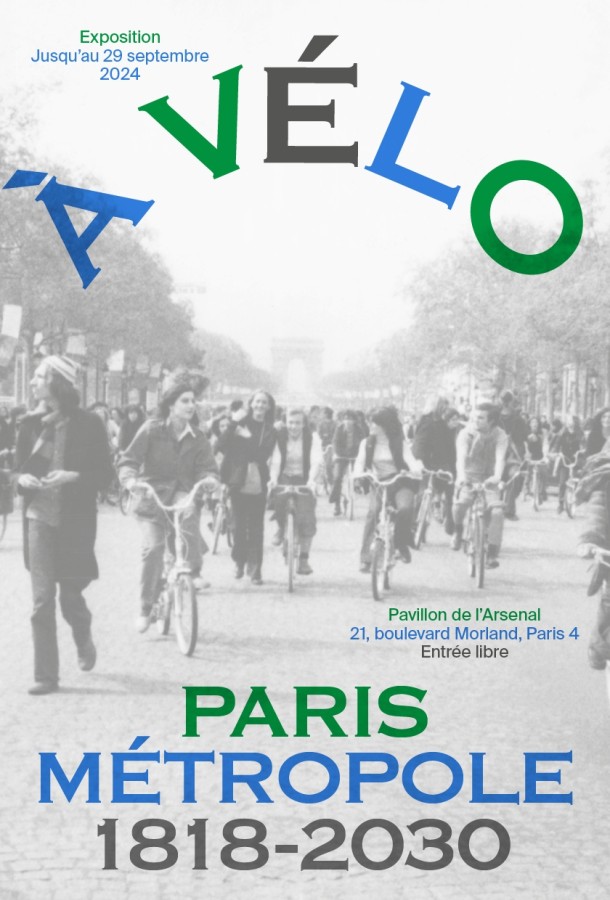Paris is now regarded as one of the world's cycling capitals. In 2024, according to a study by the Institut Paris Région, 11.2% of journeys in the capital would be made by bicycle, compared with 4.3% by car. This situation is the culmination of a long history in Greater Paris, with a significant acceleration in the use of bicycles in recent years.
Over the centuries, the uses of bicycles have continued to evolve. From the world's first demonstration of a draisienne in Paris in 1818 to a more widespread form of bourgeois pleasure from the mid-19th century, cycling became more popular between the wars, before becoming a symbol of political ecology from the 1970s onwards. For almost 20 years, public initiatives, driven by a structured movement of associations, have accompanied an increasingly visible growth in the use of bicycles in Paris. While the issues and imaginations surrounding cycling are reinvented with each passing period, a study of cycling practices in the past reveals the common threads that run through its history, as well as the singularities of each era.
Successive recent crises have given new meaning to cycling, which is one of the solutions to environmental, economic and health challenges. The long history of cycling in Paris continues as we build a more ecological, practical and user-friendly model for the city.



